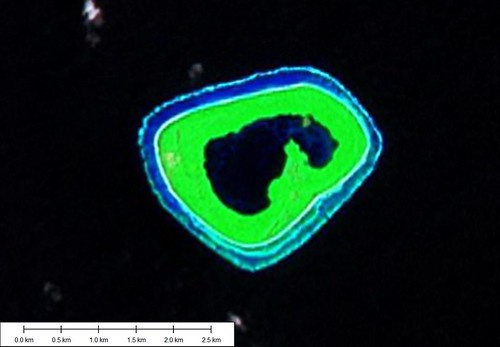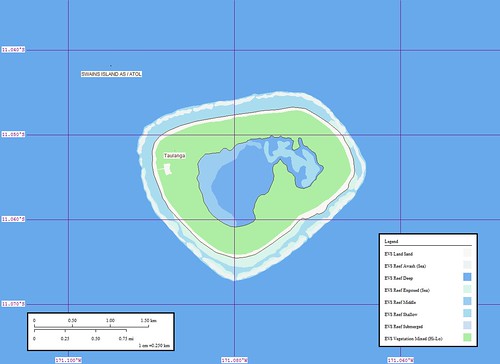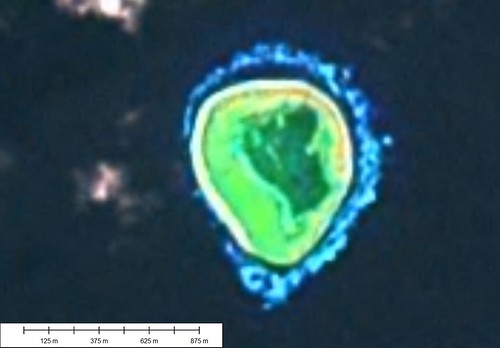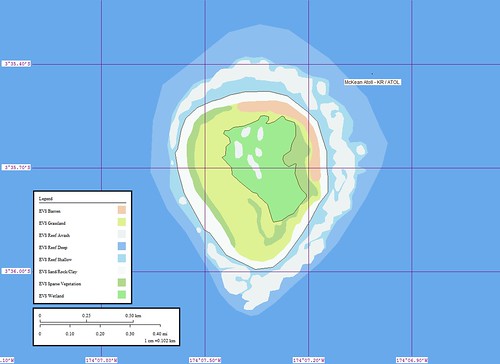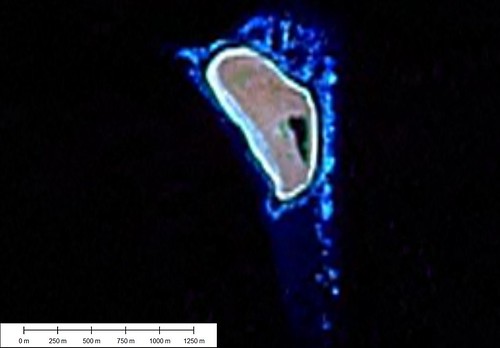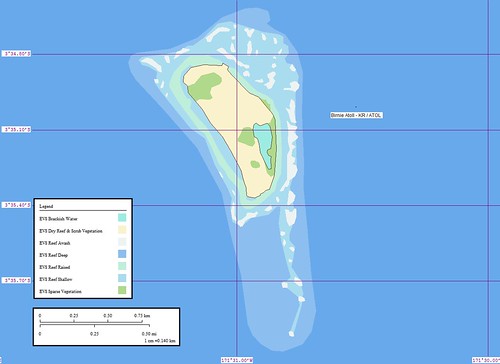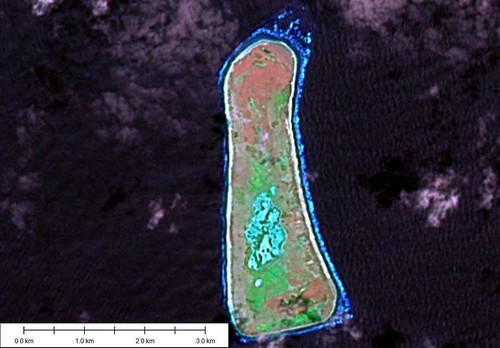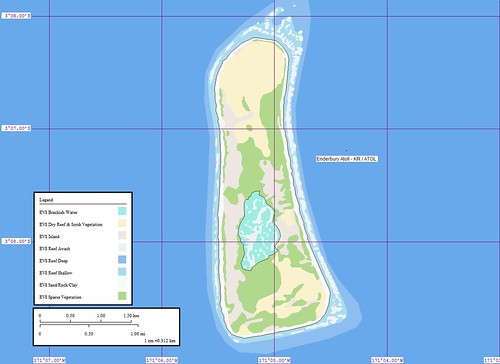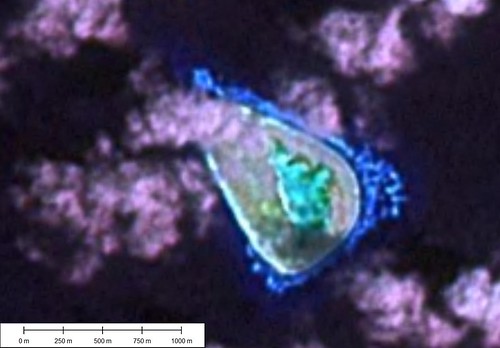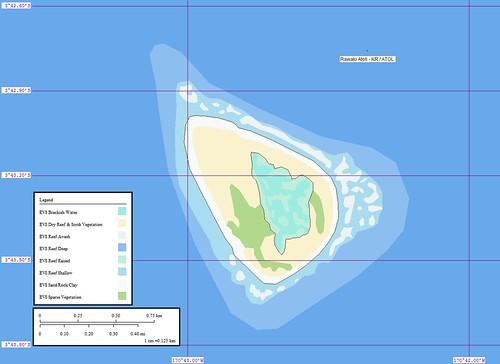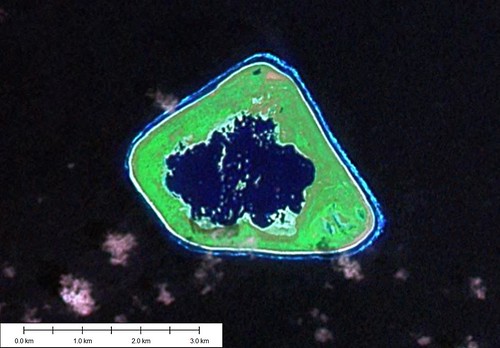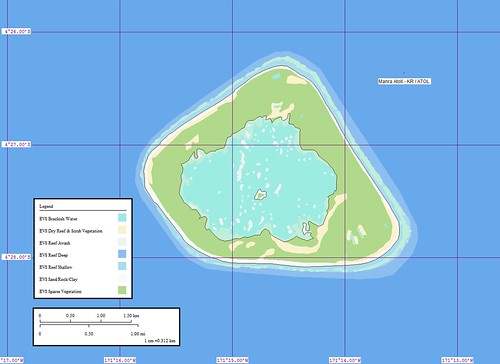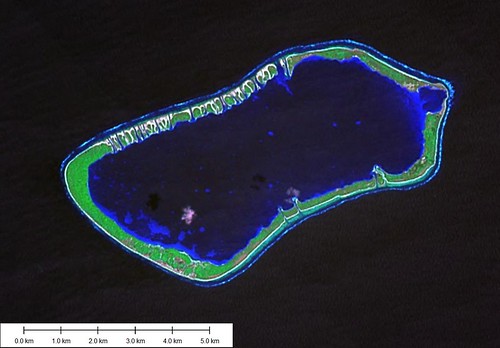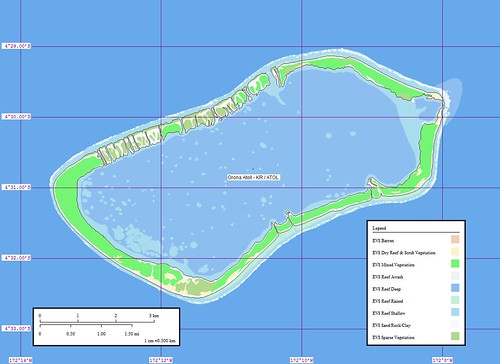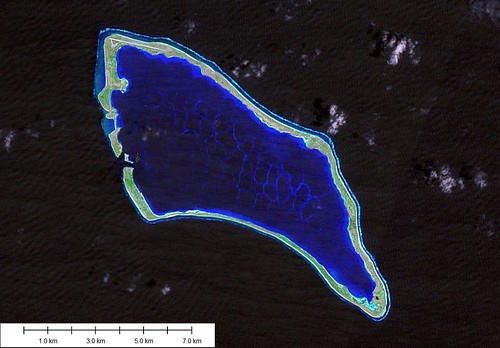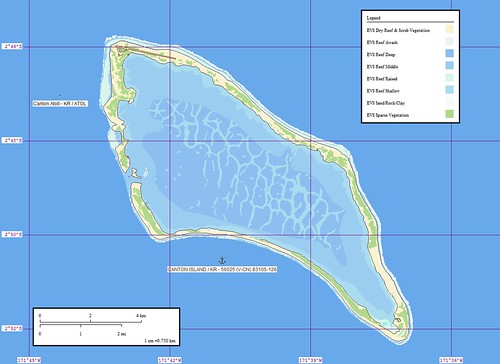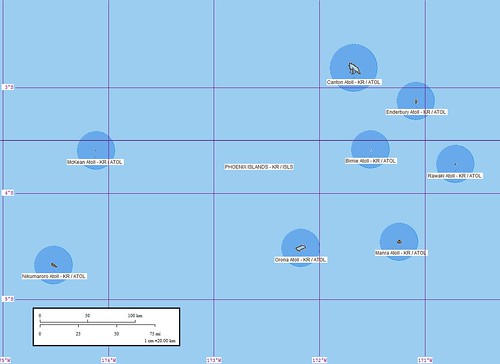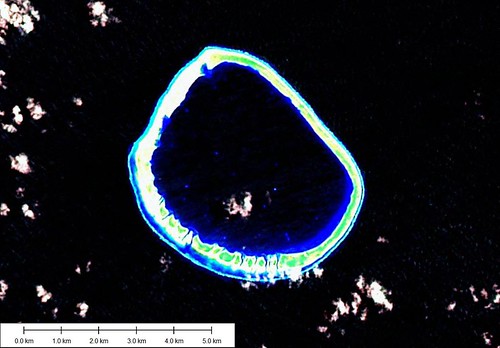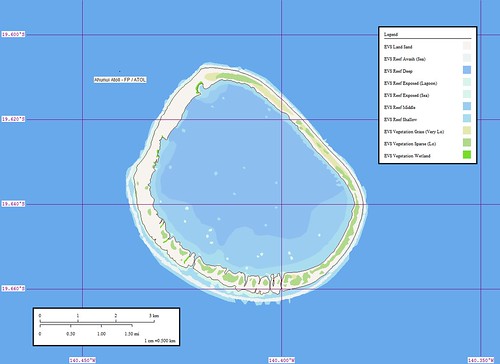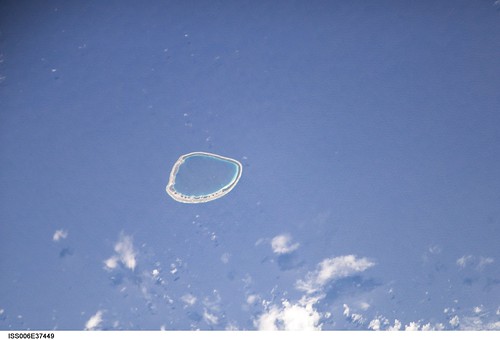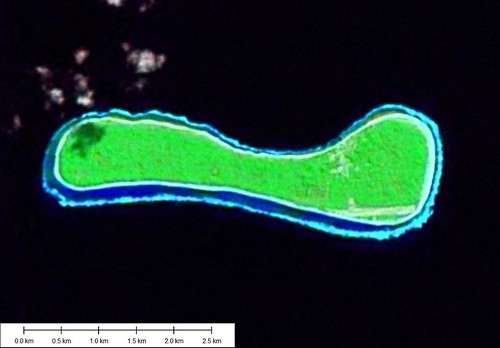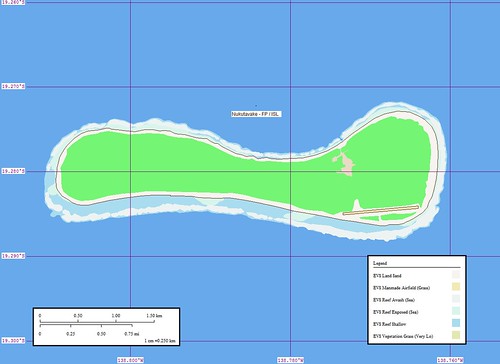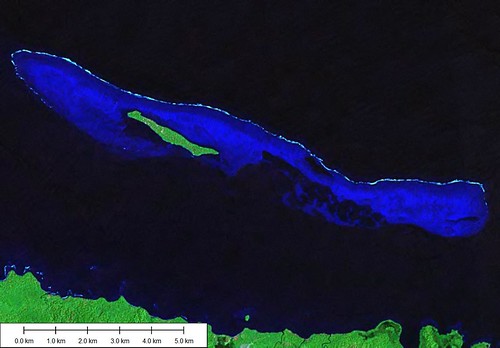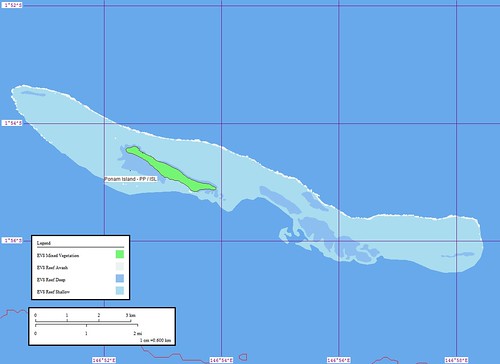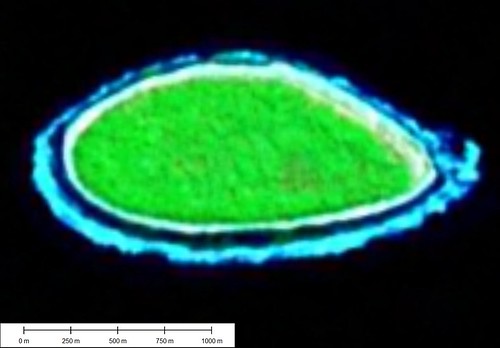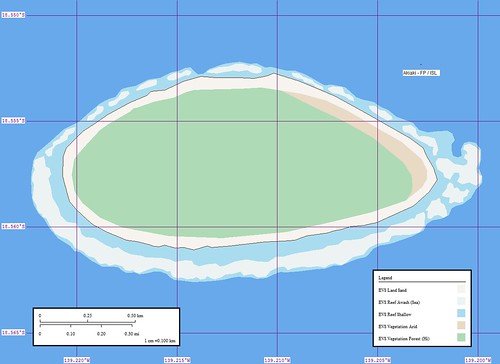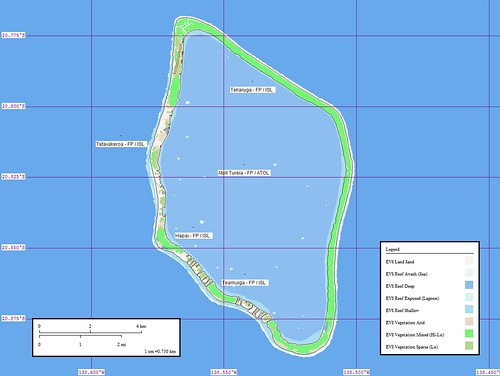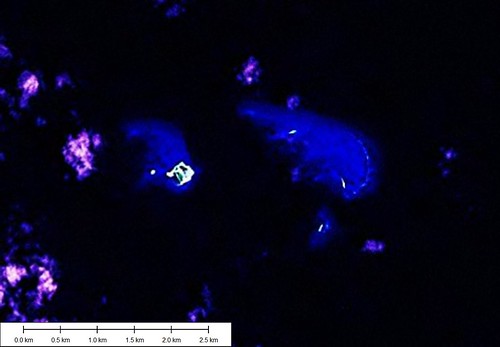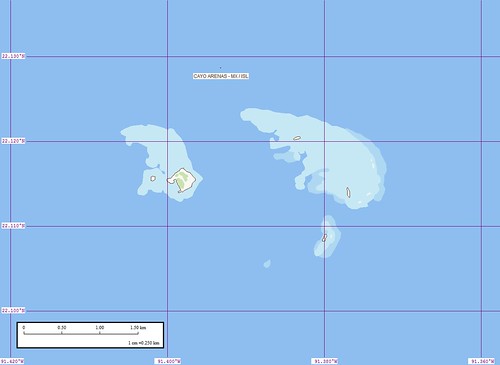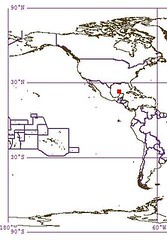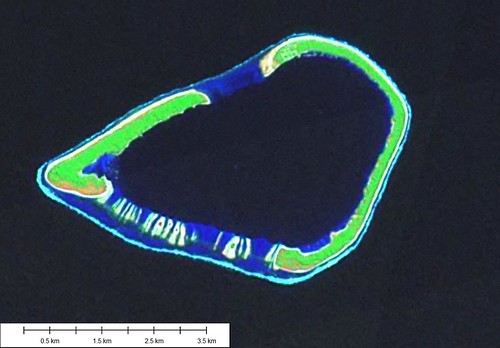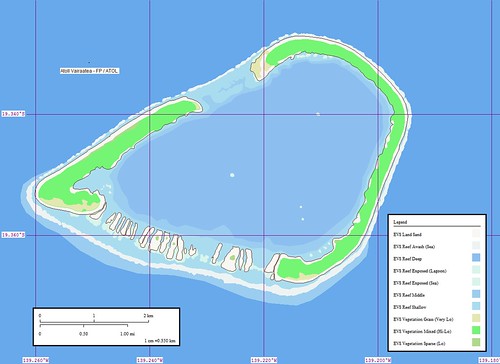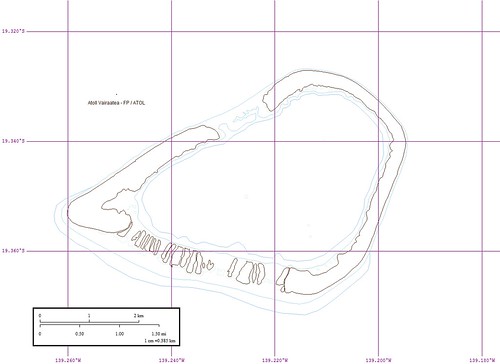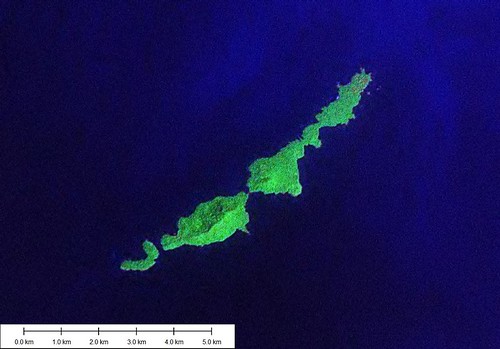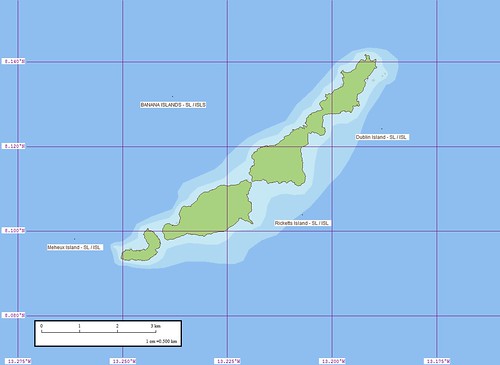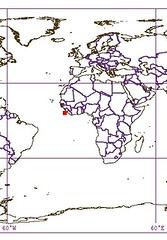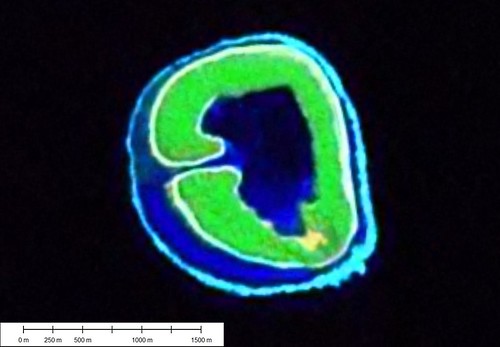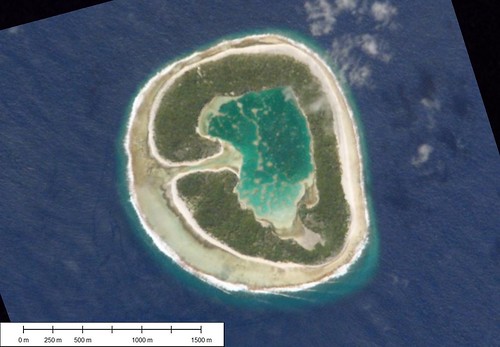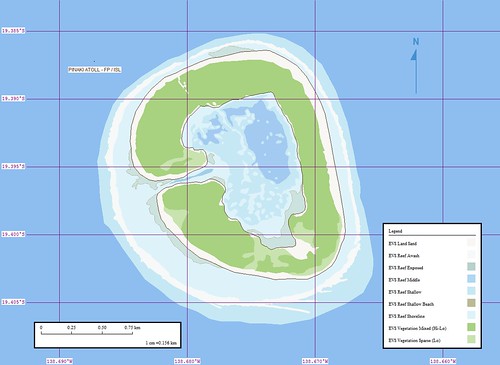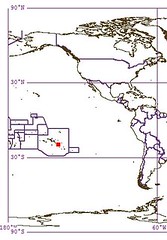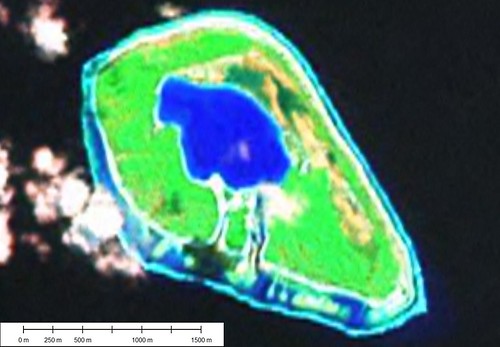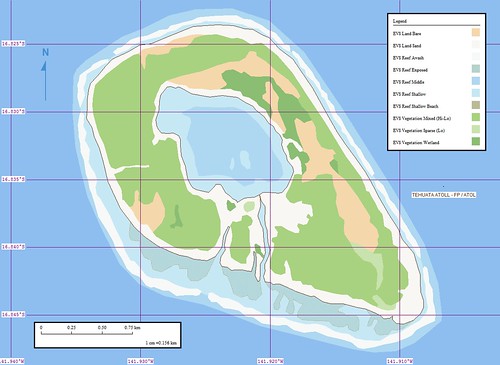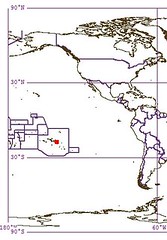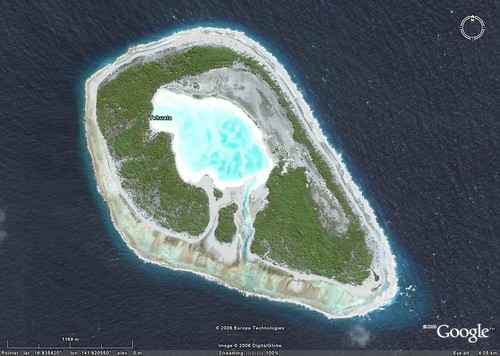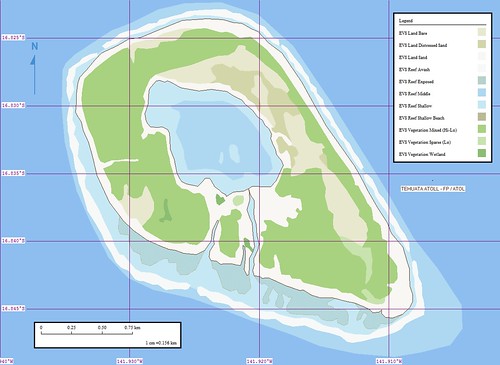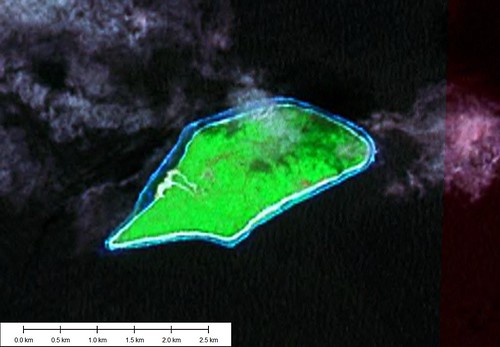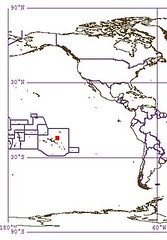Guadalupe Island MX
Thursday, December 28, 2006
Guadalupe Island MX
I have wanted to map this island for quite some time. Landsat imagery was full of clouds, not good to map details of both shoreline and the island proper. I located some ISS imagery that was relatively clear. The resolution was crude compared to Landsat. Finally Google Earth managed to snag some 1-meter resolution Digital Globe imagery. I had the perfect image, now I just needed time, like Christmas vacation. I have worked on this map and the various layers for about 10-hours. The shoreline is as good as it gets. The northern end of the island is cloud obscured and I had to use ISS imagery to approximate the shoreline. However, the bulk of the shoreline is crystal clear.
Mapping in Google Earth is a challenge. In Marplot it is easy to create multiple features within the same layer (i.e., five Cypress Tree Groves). In GE, each feature stands by itself. I had to create five separate files for each grove of trees. The problem comes when you have many features (i.e., small islets ringing this island). I had to create 13 separate KML packets. Each had to be handled separately to reformat so that they could drop into Marplot.
This island was ravaged by a variety of feral animals, goats and rabbits primarily. The goats eat anything and everything. They were eating the Cypress tree seedlings. They were destroying this unique ecosystem. The Mexican government and US agencies have worked cooperatively to eradicate these feral pests. I noticed that the large stands of Cypress trees are ringed by fences. Reportedly, the goats are almost completely gone. The fragile ecosystem is recovering.
Not in our lifetime, but in our children's children, they will be able to visit a verdant forest that will cover the entire higher elevation of this island. They will stay in a swank lodge and for fun take long hikes. No, not in our lifetime, but perhaps our children's children will experience it.
Enjoy!
PS - The SRTM data was great, so I created 100-m interval contours. Now the map image contains the EVS Contours layer. And now I am finished with Guadalupe Island.
Labels: Digital Globe, EVS, feral animals, GEVS, Google Earth, Guadalupe Island, island, map, Marplot, Mexico, Pacific
posted by Mr Minton at 1:29 PM
0 comments
![]()
